The violent death of a pregnant elephant has brought to us the cruelty of mankind. While we were meant to co-exist with nature and share this planet with others who were here before us, most of what we have done in our history has been in the exact opposite direction.
Warning: The article contains graphic imagery of violence against animals. Proceed a your own risk.
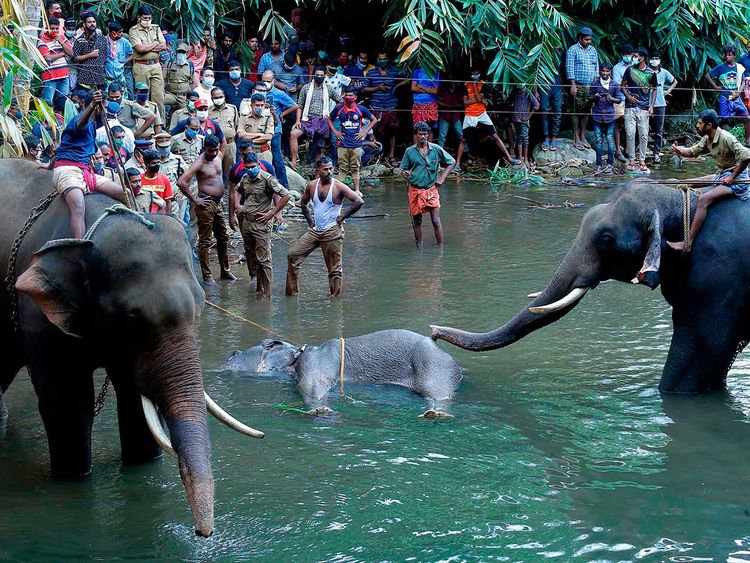
Now, while the story of this elephant and its unborn child and the manner in which she perished brings us all shame and guilt, the cruelty on display is not unique to the animal or the location, as many would like you to believe.
Data from the environment ministry has shown that by 2018, on average at least 80 elephants were being killed annually by electrocution, poaching, train accidents, and poisoning.
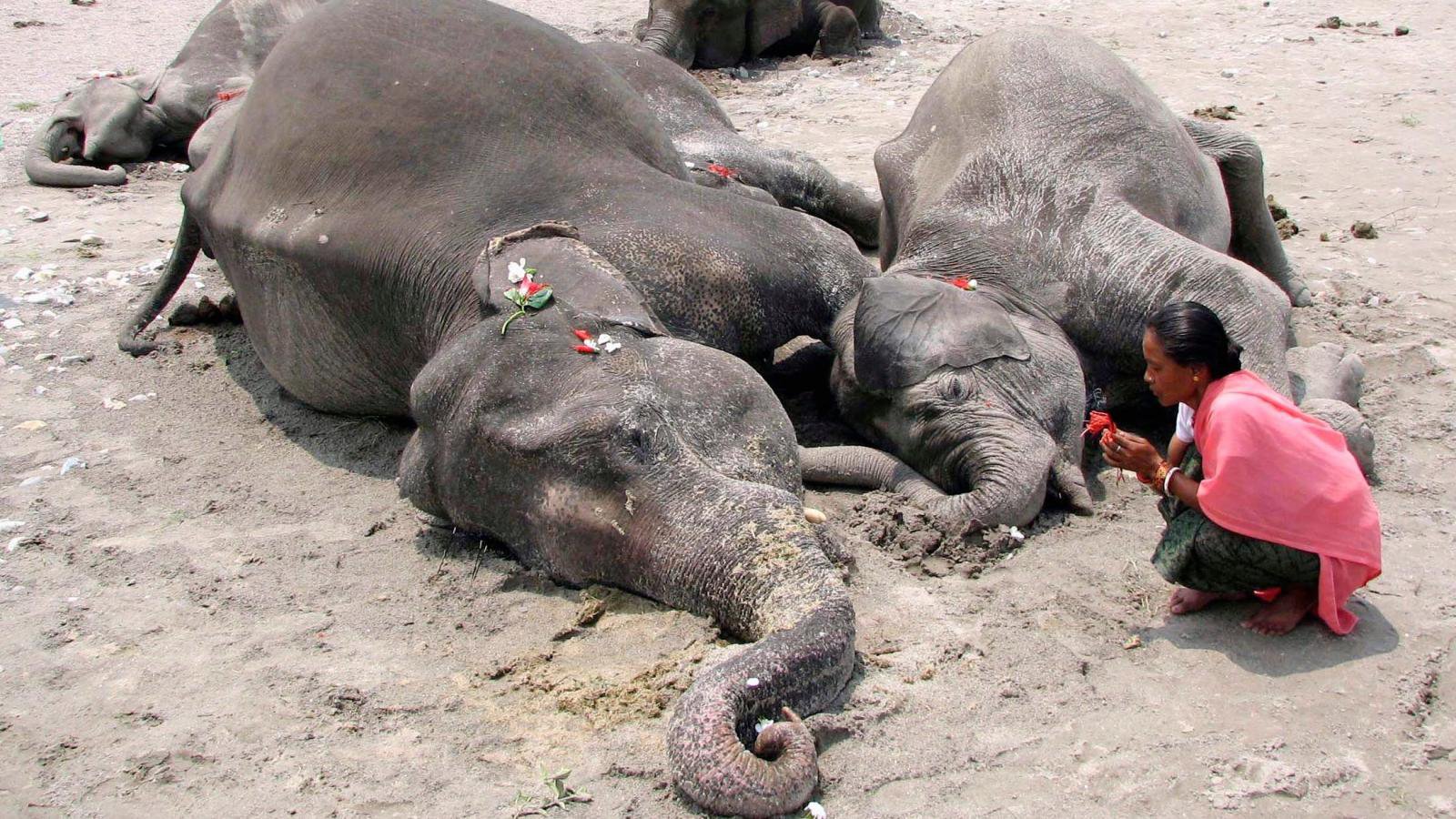
Wild animals are adept at thriving in their own environments. But to expect them to know to cross the road when there are no vehicles or trains is ignorant.
You must have read multiple stories of elephants rampaging through villages, killing people, destroying crops. Villagers, in their rage, chase these elephants and kill them.
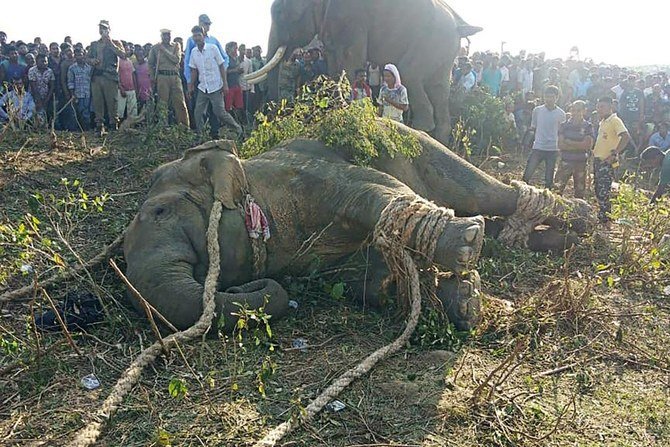
Elephants are behemoths, literally. They need space, a lot of it. But increased destruction and fragmentation of habitats due to developmental projects, a drastic increase in forest fires and the unrelenting exploitation of forest products by humans leading to depleted food sources in their natural habitat are forcing them to raid crops.
Did you know that 38,000 square kilometres (14,500 square miles) of rainforests were destroyed every 6 seconds in 2019 all over the world? It was the third most devastating year for primary forests since the scientists began tracking their decline two decades ago.
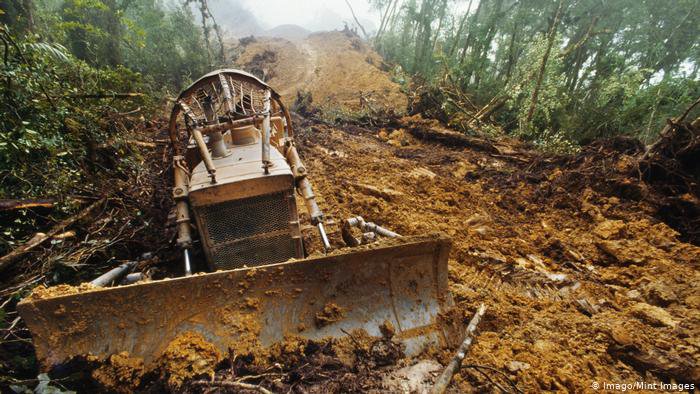
Sometimes to prevent elephants from entering farms, villagers use fences, electric and otherwise, which leads to the death of many of them, innocent and otherwise.
When we block #elephant passages, THIS happens. so heartbroken. The fencing around #Nagarahole #tiger reserve #Karnataka has killed this elephant, even as f government & even some scientists claim does no harm. My Supreme court PIL is opposing such fencing around #forests pic.twitter.com/x6waHbmqwT
— prerna singh bindra (@prernabindra) December 15, 2018
These barbed wire fences have been put up by @ForestDeptt in the middle of elephant habitat. WSO has been demanding their removal . Hope a similar tragedy like Nagarhole doesn’t occur here if a juvenile elephant attempts to cross over the wire fence! pic.twitter.com/lrqxXVtgw7
— Biswajit Mohanty.🐘🐢କଳିଙ୍ଗ ପୁତ୍ର Vocal (@biswajitmohanty) December 15, 2018
As heartbreaking as that image was, many forest official across the country still do put up barbed wires and fences in protected forests. Most of them have been installed to protect plantation projects among other things.
These hinder the free movement of wild animals. Conservationists believe that forest departments need to rid of all of these restrictions for they play major roles in increasing human-animal conflict, not to mention direct injuries and deaths.
These barbed wire fences have been put up by @ForestDeptt in the middle of elephant habitat. WSO has been demanding their removal . Hope a similar tragedy like Nagarhole doesn’t occur here if a juvenile elephant attempts to cross over the wire fence! pic.twitter.com/lrqxXVtgw7
— Biswajit Mohanty.🐘🐢କଳିଙ୍ଗ ପୁତ୍ର Vocal (@biswajitmohanty) December 15, 2018
Ironically, a lot of these fences have been set up to avoid-human-animal confrontation that could harm the animal.
And BTW, our Union environment ministry’s forest advisory committee (FAC) diverted more than 841.5 hectares of forestland for mining coal in Chhattisgarh’s Parsa block in 2019. The proposed mining site is part of rich forest areas of Surguja and Surajpur districts.

According to reports, the mining was to be done by Rajasthan Collieries Limited, a subsidiary of Adani Enterprises. This was done despite allegations by two villages in north Chhattisgarh’s Surguja district that gram sabha consent had allegedly been forged.
Kaushalendra Singh, principal chief conservator of forest had spoken to Down To Earth at the time. He had said:
There are already two coal mines operating in the area. A 75-kilometre-long railway line has also been laid down through these hilly forests to transport coal. This is causing disruption to wildlife corridors particularly for elephants. Allowing another mine in the area will only worsen the situation.
Even Jaggi Vasudev, despite Project GreenHands (a grassroots ecological initiative by Isha Foundation aimed at fighting desertification in Tamil Nadu) has been receiving serious flak from tribal ad environmentalists
Most of the allegations against Sadhguru are about the construction of Isha Yoga Center and other structures in the ecologically fragile region near Coimbatore.

In 2018, the Comptroller and Auditor General of India had found that Sadhguru’s foundation had constructed its headquarters in an elephant corridor without obtaining a NOC from the Hill Area Conservation Authority.
But Sadhguru’s Isha Foundation has time and again denied these findings and allegations. The foundation claims that ‘the Isha Yoga Center has not been constructed on forest land and has been constructed on 100% Patta land’.

However on the 19th of March 2020, the southern bench of the National Green Tribunal (NGT) ordered the Tamil Nadu government and the Union Ministry of Environment and Forests (MoEF) to submit a report on the status of a 2013 lock and seal order against the foundation, Newsclick had reported.

According to the report, the foundation has allegedly made close to 13 lakh square feet of ‘illegal’ constructions and the 112-feet-tall Adiyogi statue at the foothills of the Velliangiri hills. The hill region mostly comprised wetlands which are known for their rich biodiversity and the elephant corridor.
However, the foundation has denied the existence of elephant corridors in the region where Isha Yoga Center is located.

And then there are poachers that hunt down endangered animals for their tusk and teeth and bones to provide for the huge demand for quack medicines all over the world.
According to the WWF, ‘Asian elephants are poached for their ivory tusks, but unlike their African cousins, only male Asian elephants have tusks. Every poaching event further skews the sex ratio which constrains breeding rates for the species.’
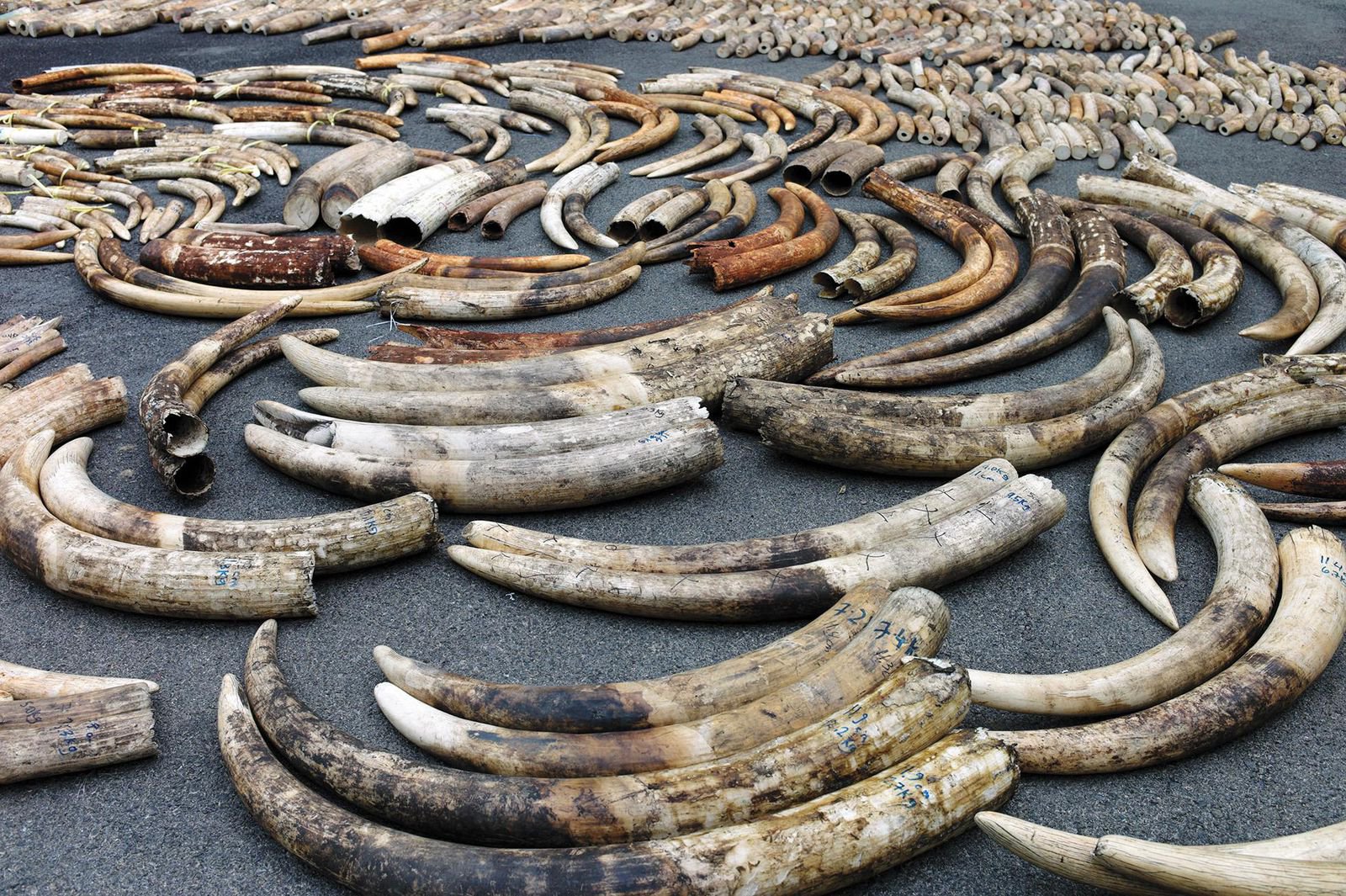
Poaching rates are currently increasing because the Asian middle class fuel demand despite the fact that there is a worldwide ban on ivory trade.
Meanwhile, incidents of wildlife poaching in India have more than doubled during the Covid-19 lockdown with 88 animals being killed for meat and trade during this time.
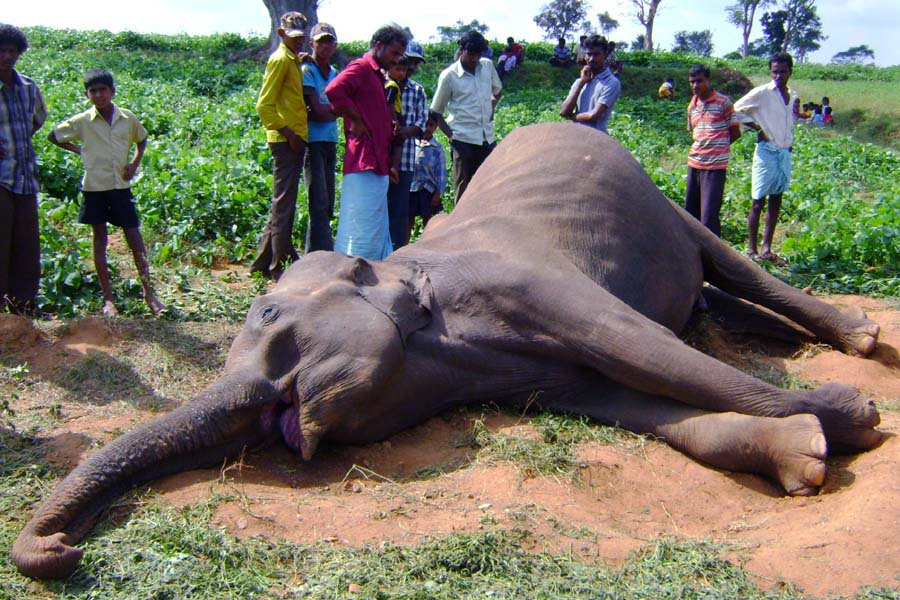
The truth is elephants are in danger. And as much as it only concerns us when we see something as brutal as a few days ago, it should be worrying us a lot more. Because elephants are not only a cultural icon in India and throughout Asia, but they also help to maintain the integrity of their forest and grassland habitats. Without them, our ecosystem would struggle to survive.

















